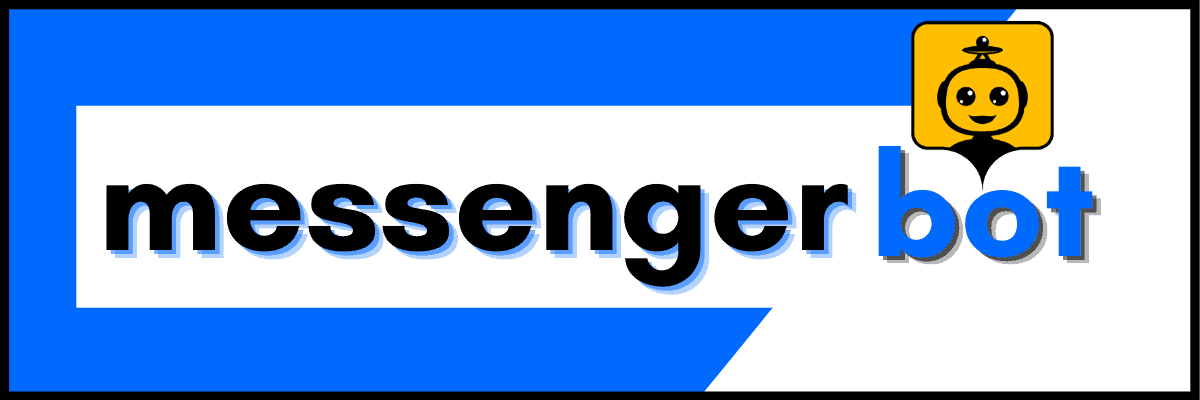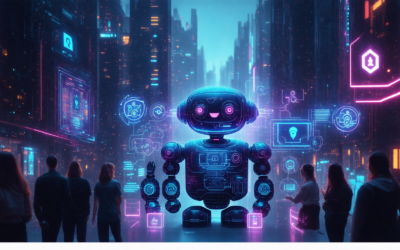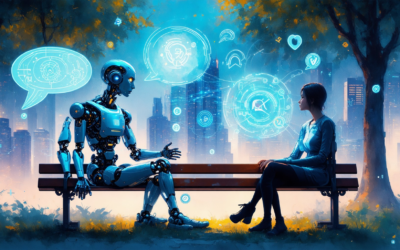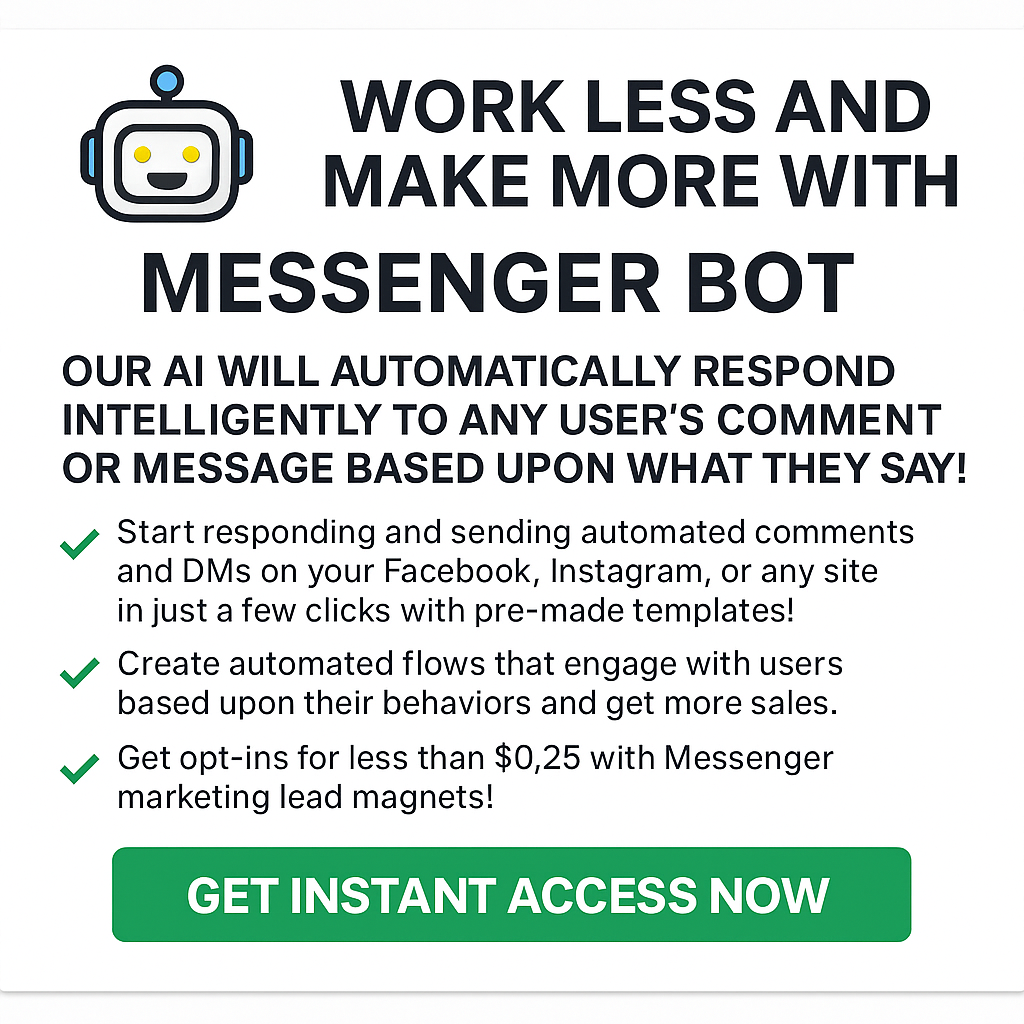In today’s hyper-connected world, the ability to converse with a global audience is not just an advantage; it’s an imperative. As businesses and individuals strive to bridge the communication gaps that multilingual communities face, the emergence of multilingual messenger bots stands out as a beacon of innovation. Are you pondering over the creation of your own multilingual chatbot, or curious if users truly embrace bots that can code-mix languages seamlessly? In this article, we’ll explore how these digital polyglots are not just breaking down linguistic barriers but are also expanding our conversational horizons. We’ll answer whether chatbots can double as reliable translators and handle the intricacies of multiple languages, digging deep into the mechanics of multilingual chatbot functionality. If reaching a wide, diverse audience is your goal, the compelling world of multilingual bots could well be the keystone to your global reach.
How Do I Make a Multilingual Chatbot?
Diving into the world of chatbots can transform your customer interaction and open your business to a global market. But where do we even begin? 🤔 Creating a multilingual chatbot might seem daunting, but it’s quite feasible with some guidance.
- Identify the languages you want to support based on your audience demographics.
- Choose a chatbot platform with robust multilingual capabilities, like Messenger Bot.
- Utilize Natural Language Processing (NLP) to understand and process user inputs in different languages.
- Design conversation flows that consider cultural nuances across languages.
- Regularly update and train your bot with new data to improve accuracy and relevance.
In practice, you’ll need to start by setting clear objectives for your bot—whether it’s customer support, sales, or information dissemination—and mapping out the conversational architecture. It’s crucial to create a seamless user experience that feels natural, regardless of the language. Consider embracing tools that specialize in automatic translation and NLP to optimize your bot for multiple languages efficiently.
Do Multilingual Users Prefer Chat Bots That Code Mix?
Code mixing — the blending of two or more languages within a conversation — can be a common scenario for multilingual users. Does this mean it’s a preferred method of interaction when it comes to chatbots?
- Appreciation for code-mixed interactions might depend on the user’s cultural context and personal preference.
- Implementing code mixing can make the chatbot feel more relatable and human-like.
- However, it’s key to ensure the chatbot can differentiate between languages accurately to avoid confusion.
Having a chatbot that can elegantly switch between languages or mix codes when necessary can greatly enhance user experience 😌. But balance is crucial; you want to nourish a sense of personal touch without sacrificing professionalism or clarity. Make sure to gather data on your users’ preferences and continuously refine the chatbot experience based on feedback.
How Can a Multilingual Chatbot Help to Reach a Vast Audience?
Global reach is the dream for nearly every business, and multilingual chatbots hold the key to that vast landscape. 🌐 With the power to converse in multiple languages, your customer base can expand exponentially as language barriers crumble.
- Tap into broader markets by providing customer service in users’ native languages.
- Enhance user engagement through tailored, culturally appropriate communication.
- Increase conversion rates as customers feel more comfortable interacting in their preferred language.
By integrating a multilingual chatbot, you’re broadcasting a message of inclusivity. Our tutorials can guide you through setting up a bot that not only reaches a wider audience but also caters to them with a personalized touch. This not only has the potential to improve customer satisfaction but also encourages brand loyalty and trust.
Can Chatbot Be Used for Translation?
Indeed, chatbots have the functional role of breaking down language barriers via real-time translation services. 💬 But how effective are they?
- Chatbots can provide instant translation which is essential for efficient customer service.
- They help avoid the need for multilingual staff, saving on resources and ensuring consistency.
- A successful implementation requires robust machine learning models and a database of idiomatic expressions to handle the nuances of language.
While relying on a chatbot for complex translations might have its limits, for the most part, these digital assistants have become increasingly skilled at conveying clear and accurate information across languages. With the technology available through platforms like Messenger Bot, the promise of multi-language transactional chatbot interactions is more attainable than ever.
Can Chatbots Handle Multiple Languages?
Gone are the days when bots were monolingual. Today’s chatbots boast impressive linguistic talents. 🗣️
- Advanced NLP allows chatbots to detect and respond in multiple languages automatically.
- Effective multilingual bots can maintain context even when languages switch mid-conversation.
- Proper implementation and continuous training ensure linguistic capabilities remain high.
Building such a framework isn’t without its challenges; it demands a hefty dataset and a machine learning approach to truly understand and emulate human conversation. However, the engagement benefits and customer satisfaction from offering such an accessible service can catapult a brand from local hero to global player.
How Do Multilingual Chatbots Work?
At the core of multilingual chatbots are sophisticated algorithms that understand and process human language on multiple levels. But let’s demystify how these virtual assistants manage such a feat. 🧠
- Input Processing: Users speak or type in their query, and the bot interprets this input through language detection algorithms.
- Intent Understanding: The intent recognition uses NLP to grasp the purpose behind the words, which often involves an element of machine learning.
- Response Generation: Once the bot understands the intent, it crafts a response in the user’s language, drawing from a predefined script or generating language through machine learning techniques.
These functions harmonize to create an experience that should feel immediate and natural to the user. Our platform prides itself on providing bots that not only operate in a multitude of languages but do so with the kind of finesse that makes each interaction memorable.
Interested in harnessing the boundless potential of multilingual chatbots for your business? Start with our free trial and explore a world where language is no barrier but rather a bridge to connect with customers from all corners of the globe. Let Messenger Bot be your guide on this transformative journey towards boundless communication and business growth.





